To travel the world is to witness new things. Travel, quite literally, opens your eyes to a whole new world and introduces you to entirely new people. It is this sense of connecting people and broadening horizons that is part of what makes travel so exciting and beautiful. It appeals to people's natural curiosity and desire for adventure. Travel is alluring in its promise of discovery.
So what is there to discover? UNESCO World Heritage Sites recognise sites of cultural or natural importance to the common heritage of humanity. It recognises our shared history that unities it and aims to preserve it for humanities future. Travel opens us up to new cultures and new history and forces us to recognise ourselves as citizens of the globe; by visiting cultural world heritage sites that represent outstanding examples of this history we can feel ourselves become further bonded in a celebration of humanities past and present traditions, values and creativity.
For many, tourist or traveller, travel will include sightseeing. More often than not you will be inclined to look up things to do or places of note in your destination of choice, or may even choose your destination for such reasons. Half the time you may not even realise you've come across a UNESCO Cultural World Heritage site, so ingrained as they are into our common history and consciousness. Whether you're tempted by temples and beaches in India, or want to learn to dive on Australia's Great Barrier Reef, our world heritage is everywhere and it is in seeing and sharing this that travel becomes such an enriching experience.
Australia - Sydney Opera House
Inaugurated in 1973, the Sydney Opera House is one of Australia's iconic landmarks. An award-winning design, the opera house has had an enduring influence on architecture. It's design of three groups of interlocking vaulted 'shells' complement the harbour's remarkable waterscape and was a prominent feature in the 2000 Sydney Olympics.
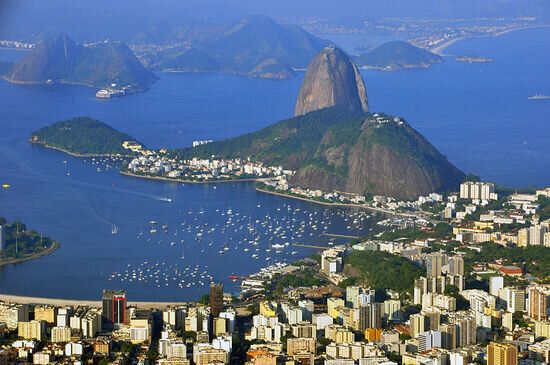
View of Sugar Loaf, Rio de Janeiro. All images courtesy of Wikipedia
Brazil - Rio de Janeiro: carioca landscapes between the mountain and the sea
From the highest points of the Tijuca National Park's mountains down to the sea, the city of Rio is an exceptional urban setting that has been shaped by the natural elements that surround it. Perhaps most famous is the celebrated Christ the Redeemer statue, placed high on a mountain top that watches over the city.
Cambodia - Angkor
Angkor Wat is one of the largest temple sites in the world and the surrounding area of Angkor stretches over 400 km2. Made of numerous magnificent temple sites and forests, the Angkor Archaeological Park is one of the most important archaeological sites in South-East Asia. It also contains the remains of the different capitals of the Khmer Empire ranging from the 9th to the 15th century.
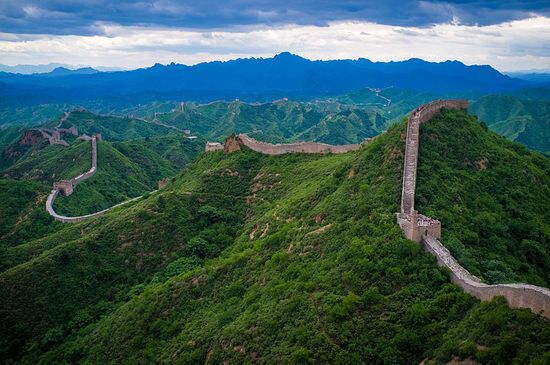
China - The Great Wall
One of the seven wonders of the ancient world the Great Wall can even be seen from space. Building begun in c. 220 B.C, under Qin Shi Huang and continued right up to the Ming dynasty (1368 - 1644) and is the world's largest military structure. Stretching more than 20,000 kilometres, the wall begins in the east at Shanhaiguan in Hebei province and ends at Jiayuguan in Gansu province to the west.
Ecuador - City of Quito
Quito is the capital city of Ecuador and was founded in the 16th century on the ruins of an Inca city. The city is significant is the highest capital citiy in the world standing at an altitude of 2,850m.
Fiji - Levuka Historical Port Town
Levuka is a rare example of a late colonial port town that was influenced in its development by the indigenous community which continued to outnumber the European settlers. The town is formed of a low line of building set among coconut and mango trees along the beach front and was the first colonial capital of Fiji, ceded to the British in 1874.
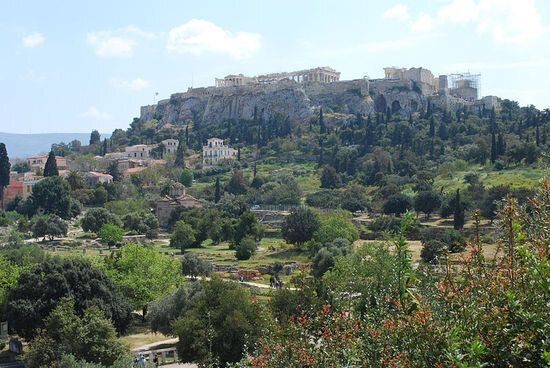
Greece - Acropolis, Athens
The Acropolis of Athens and its monuments will transport you straight in to the land of the ancient Greeks and classical civilisation. The site, which dates back to the 5th century B.C., is a supreme expression of the adaption of architecture to a natural site and is a unique testimony to the religions of ancient Greece.
Guatemala - Antigua
Antigua is the former capital of Guatemala founded in the early 16th century. Though much of the city was destroyed by an earthquake in 1773, its superb principal monuments are still preserved as ruins for visitors to enjoy.
Honduras - Maya Site of Copan
Discovered in 1570 by Diego García de Palacio, the ruins of Copán, one of the most important sites of the Mayan civilization, were not excavated until the 19th century. The site functioned as the political, civil and religious centre of the Copan Valley where major cultural developments took place in the Classical period, A.D. 300-900.
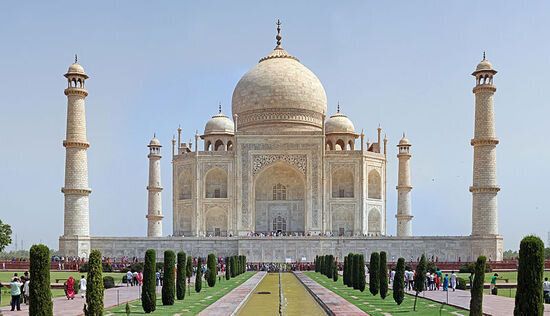
India - Taj Mahal
One of the greatest testaments to love in the world, the Taj Mahal dazzles thousands of visitors every year. Situated in Agra and built between 1631 and 1648, the is an immense structure of white marble built as a mausoleum by the order of the Mughal emperor Shah Jahan in memory of his favourite wife.
Indonesia - Sangiran Early Man Site
Sangiran is recognised as one of the key sites for understanding the development of human evolution. Excavations from 1936 to 1941 revealed the discovery of the first hominid fossil at the site, which went on to reveal half of all the world's known hominid fossils.
Ireland - Brú na Bóinne - Archaeological Ensemble of the Bend of the Boyne
Situated on the north bank of the River Boyned, 50 km north of Dublin, the Brú na Bóinne offers an unrivalled insight into the prehistoric world. Constructed over a considerable length of time, the various monuments represent important cultural, social, artistic and scientific developments.
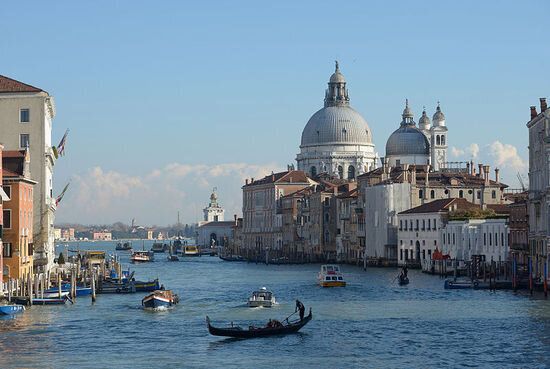
Italy - Venice and its lagoon
Not quite like anywhere else in the world, Venice is a unique experience for any visitor happy to get lost and marvel at its intricate passages and canals. The city built on water was founded in the 5th century and spreads over 118 small islands. It features work from some of the world's greatest artists such as Giorgione, Titian and Tintoretto, whilst the whole city is an architectural masterpiece.
Kenya - Fort Jesus, Mombasa
Built by the Portuguese in 1593 - 1596 to protect the port of Mombasa, the fort's layout and form reflect the Renaissance ideal that perfect proportions and geometric harmony are to be found in the human body and military architectural theory.
Laos - Town of Luang Prabang
A remarkably preserved townscape, Luang Prabang exhibits an unusual fusion of traditional architecture and urban structures with colonial buildings constructed by European authorities in the 19th and 20th centuries.
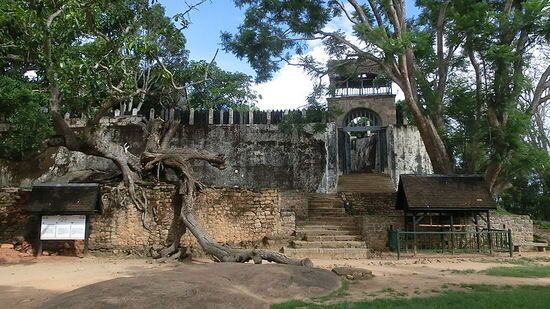
Madagascar - Royal Hill of Ambohimanga
An ensemble of sacred places, the Royal Hill of Ambohimanga featured a royal city and burial site. The Royal Hill of Ambohimanga was built between the 15th and 19th centuries and is still the centre of religious practices for many Malagasy people today. The site holds strong feelings of National Identity and is a living memory of the traditional religion.
Morroco - Medina of Marrakesh
Founded in the 11th century Marrakesh remains one of Africa's busiest cities, after a long time being a major centre for politics, economics and culture for the western Muslim world. With hardly any buildings taller than a palm tree, the Koutoubia Mosque towers over the famous Jamaâ El Fna where the whole city seems to come alive at night. In the day, the intricate alleyways of souks in the medina transport you straight into times of old.
Nepal - Kathmandu Valley
Located in the foothills of the Himalayas, the Kathmandu Valley has seven Monument Zones including the largest stupa (Buddhist monument) in Nepal. The valley represents a fusion of Buddhist and Hindu religious developments beginning from at least the 5th century A.D.
Peru - City of Cuzco
Founded in the 1100 A. D. and a previous capital of the Tawantinsuyu Inca Empire the city sits in a fertile valley of the Peruvian Andes. After a Spanish conquest in the 16th century, Cuzco's basic structure was preserved whilst Baroque churches and palaces were built up over the remains of the Inca city.

Poland - Wooden Churches of Southern Małopolska
Giving their surroundings a magical feel, these wooden churches offer a surprising alternative to the stone structures seen in urban centres and offer a different example of the medieval church-building traditions in Roman Catholic culture.
Sri Lanka - Golden Temple of Dambulla
The Golden Temple of Dambulla is the largest and best-preserved cave-temple complex in Sri Lanka. Made up of five sanctuaries, the temple has been a sacred pilgrimage site for 22 centuries. Its Buddhist mural paintings cover an area of 2,100 meters squared and along with its 157 statues are of significant historical and religious importance.
Tanzania - Stone Town of Zanzibar
An outstanding example of a Swahili coastal trading town, the Stone Town of Zanzibar reflects elements of the African, Arab, Indian and European cultures that have been homogenized within its stone walls. Previously a main slave-trading town, Zanzibar has great symbolic importance in the defeat of slavery as the base from where opponents such as David Livingstone conducted their campaign.
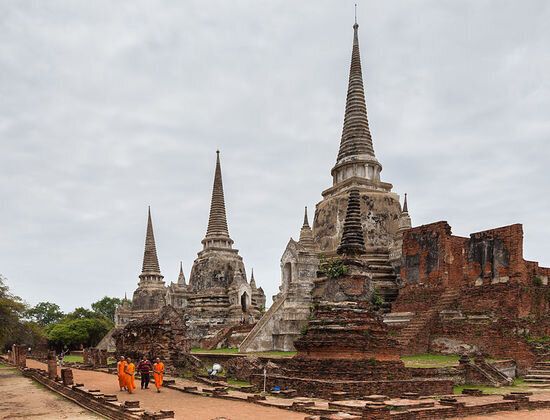
Thailand - Historic City of Ayutthaya
Destroyed by the Burmese in the 18th century, Ayutthaya was the second Siamese capital after Sukhothai. Founded in c. 1350, the remains of the city feature grand prang (reliquary towers) and gigantic monasteries that allude to its past splendor.
United Kingdom - Stonehenge, Avebury and Associated Sites
Some of the most famous megaliths in the world, we still don't understand completely the significance of these prehistoric monuments. Only open to the public during the summer solstice, these stones provide an insight into a mysterious past world.
United States - Statue of Liberty
A gift from the French, the Statue of Liberty became a monument of American freedom, welcoming millions of immigrants into the United States. Designed by the French sculptor Bartholdi, in collaboration with Gustave Eiffel, the gift was given in 1886 to mark a centenary of American independence.
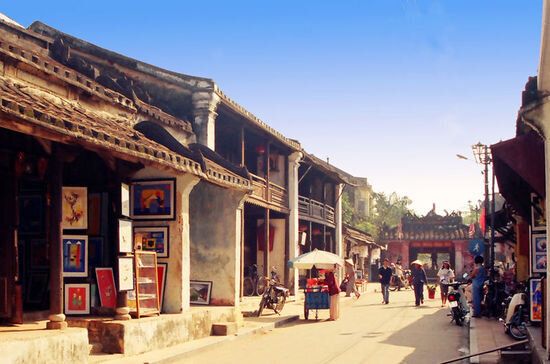
Vietnam - Hoi An Ancient Town
Archaeological finds have shown the port was a trading centre of the Sa Huynh people along the Thu Bon River as early as the 2nd century B.C. Today. The town is the only town in Vietnam to have survived intact as an outstanding example of a traditional trading port.
By Maria Sowter. This article was originally published on Frontier's blog.
Frontier has over 300 dedicated conservation, community and adventure projects worldwide so if you're thinking about planning your round the world trip why not incorporate a volunteer placement and give a little something back along the way?